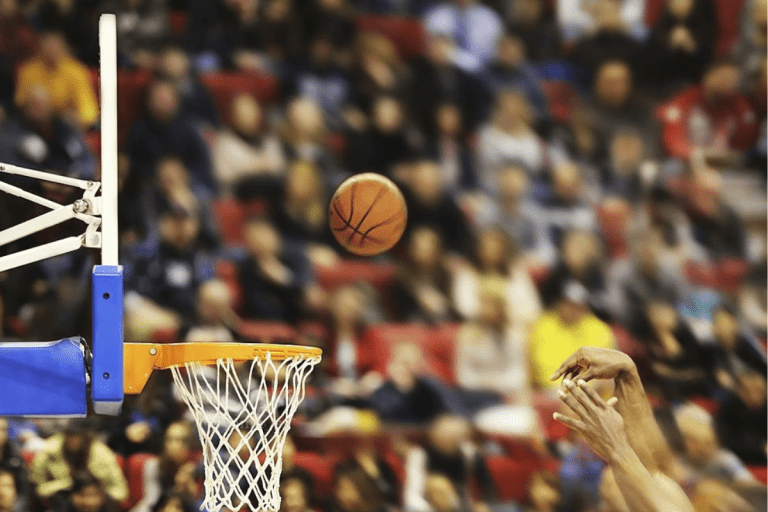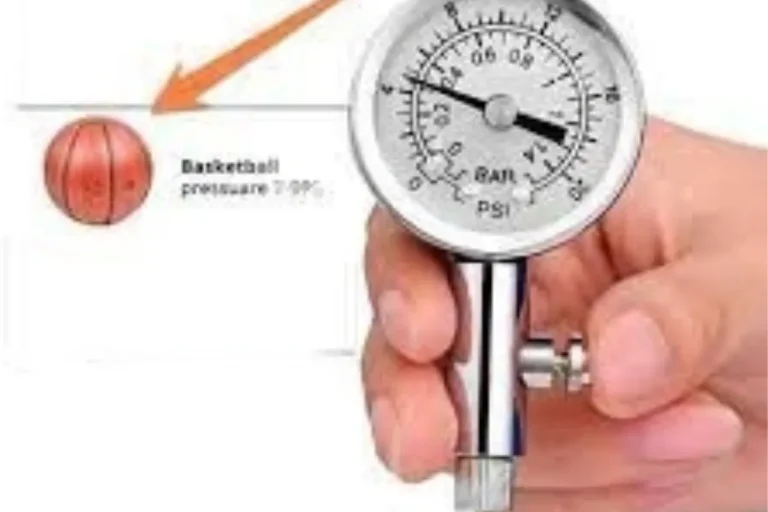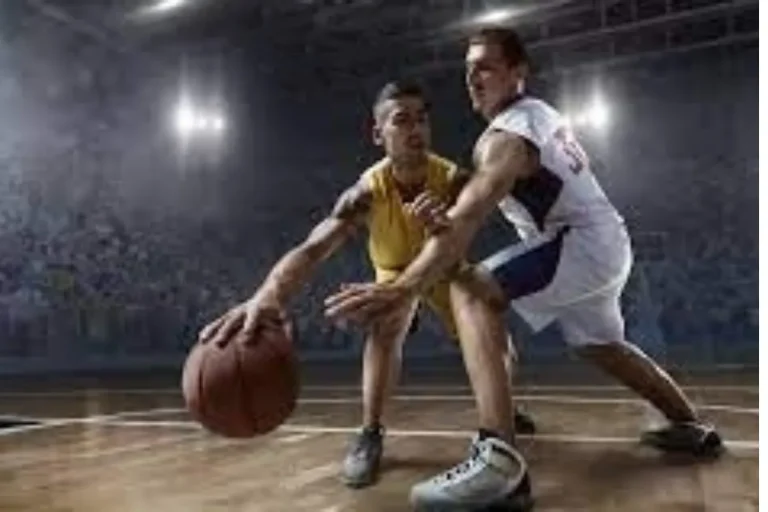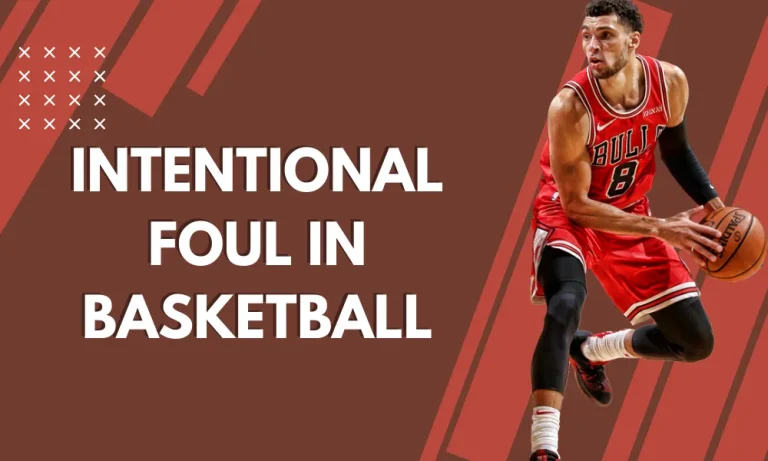Basketball Shoes for Volleyball: Pros, Cons, and Expert Recommendations
When it comes to sports, having the right footwear is crucial for performance and injury prevention. But what if you’re a volleyball player eyeing those stylish basketball shoes? Can they serve the purpose on the volleyball court?
Differences Between Basketball and Volleyball Shoes
When it comes to sports shoes, basketball and volleyball shoes have distinct features designed to cater to the specific needs of each sport.
Understanding these differences is essential to make an informed decision about which shoes to wear on the court.
Basketball Shoes: Unique Features and Design
Basketball shoes are known for their high-top design, providing excellent ankle support. They often feature cushioning technology in the midsole and heel, ensuring impact absorption during jumps and landings.
The outsole of basketball shoes is designed to provide optimal traction on indoor courts, with patterns that allow quick multidirectional movements.
Volleyball Shoes: Specific Characteristics
Volleyball shoes, on the other hand, are designed with a low-top or mid-top style, offering more freedom of movement for the ankle. These shoes prioritize lightweight construction to enhance agility and quick lateral movements.
The outsole is made of gum rubber or non-marking rubber, providing excellent grip on indoor surfaces while minimizing floor damage. They also feature cushioning in the forefoot area to support frequent jumps and sudden stops.
Similarities Between Basketball and Volleyball Shoes
When it comes to basketball and volleyball shoes, there are some common features that both types share. Understanding these similarities can help you determine if basketball shoes can be suitable for volleyball, depending on your individual preferences and playing style.
Cushioning and Stability: Common Features
One of the shared features between basketball and volleyball shoes is the presence of cushioning.
Both types of shoes are designed to provide impact absorption, reducing the strain on your joints during jumps and landings. Cushioning technology in the midsole helps to enhance comfort and protect against injuries.
Stability is another important aspect found in both basketball and volleyball shoes. Both sports involve quick lateral movements and changes in direction, requiring shoes that can provide stability and prevent ankle injuries.
The construction of these shoes aims to keep your feet stable and secure during intense movements on the court.
Basketball Shoes for Volleyball: Individual Preferences and Playing Style
While basketball shoes are primarily designed for basketball, some models can be suitable for volleyball, depending on your preferences and playing style.
If ankle support is a priority for you, basketball shoes with high-top designs can offer the desired stability. Additionally, the cushioning in basketball shoes can provide extra comfort during jumps and landings.
Key Differences Between Basketball and Volleyball Shoes
While basketball shoes may seem similar to volleyball shoes in some aspects, there are key differences that make them less suitable for volleyball.
Understanding these differences is crucial to assess the potential impact on performance and injury risk when wearing basketball shoes for volleyball.
Traction and Lateral Movement Support
One of the primary differences between basketball and volleyball shoes lies in their traction. Volleyball shoes are specifically designed with outsoles that offer excellent grip on indoor courts, allowing players to make quick movements and sudden stops without slipping.
Basketball shoes, on the other hand, may not provide the same level of traction, as their outsoles are optimized for different court surfaces.
Lateral movement support is another aspect where basketball shoes may fall short of volleyball. Volleyball involves frequent side-to-side movements, and dedicated volleyball shoes are designed to provide stability and support during these actions.
Basketball shoes, with their higher ankle support and bulkier construction, may limit the freedom of movement required for quick lateral shifts.
Potential Impact on Performance and Injury Risk
Wearing basketball shoes for volleyball can potentially impact your performance on the court. The lack of proper traction may hinder your ability to make quick movements and changes in direction, compromising your agility and responsiveness.
Additionally, the limited lateral movement support may affect your footwork and overall stability during gameplay.
Furthermore, the mismatched design elements of basketball shoes for volleyball can increase the risk of injuries.
Insufficient traction can lead to slips and falls, while restricted lateral movement support may strain your feet and ankles, increasing the likelihood of sprains or twists.
Pros and Cons of Wearing Basketball Shoes for Volleyball
When it comes to choosing footwear for volleyball, basketball shoes can be an option worth considering. However, it’s important to weigh the pros and cons to make an informed decision that suits your needs.
Advantages of Wearing Basketball Shoes for Volleyball
One of the notable advantages of basketball shoes is the ankle support they provide. The higher-cut design of basketball shoes can offer added stability and reduce the risk of ankle injuries during jumps and landings.
If you have a history of ankle issues or prefer the feeling of extra support around your ankles, basketball shoes can be beneficial.
Additionally, basketball shoes are often equipped with advanced cushioning technology. This feature helps absorb impact and provides comfortable landings, which can be advantageous during intense volleyball games that involve frequent jumping and quick movements.
Potential Drawbacks of Wearing Basketball Shoes for Volleyball
One potential drawback of wearing basketball shoes for volleyball is reduced traction. Basketball shoes are designed for a different court surface and may not offer the same level of grip as dedicated volleyball shoes.
This can negatively affect your ability to make quick movements and abrupt stops, potentially compromising your performance and increasing the risk of slipping.
Moreover, basketball shoes may lack the specific lateral movement support that volleyball shoes provide. The bulkier construction of basketball shoes can restrict your footwork and agility during side-to-side movements, potentially impacting your overall stability on the court.
Expert Opinions and Recommendations
When it comes to choosing the right shoes for volleyball, it’s always valuable to consider the opinions and recommendations of experts in the field.
Professional volleyball players, coaches, and sports podiatrists provide valuable insights that can help guide your decision-making process.
Insights from Professional Volleyball Players and Coaches
Professional volleyball players and coaches emphasize the importance of wearing dedicated volleyball shoes.
They highlight the specific design features of volleyball shoes that are tailored to the requirements of the sport, such as superior traction, lightweight construction, and optimal lateral movement support.
These features are essential for maximizing performance and minimizing the risk of injuries during intense gameplay.
Players and coaches also stress the significance of finding the right fit and comfort level. Ill-fitting shoes can lead to discomfort, and blisters, and even hinder your performance on the court.
Therefore, it’s crucial to try on different brands and models, considering factors like toe room, arch support, and overall comfort.
Advice from Sports Podiatrists
Sports podiatrists, who specialize in foot and ankle health, often recommend volleyball shoes for the sport. They emphasize the importance of proper traction to prevent slips and falls, especially on indoor courts.
Volleyball shoes provide the necessary grip, allowing players to move confidently and make quick changes in direction without compromising stability.
Sports podiatrists also highlight the role of cushioning in reducing impact and protecting joints during jumps and landings.
Volleyball involves frequent jumping, so having adequate cushioning can help minimize the strain on your feet and lower limbs.
Choosing the Right Shoe for You
Ultimately, choosing the right shoe for volleyball depends on your individual needs and preferences. While basketball shoes may offer certain advantages like ankle support and cushioning, it’s important to consider the specific demands of volleyball and the potential drawbacks of using non-specialized shoes.
If you’re a serious volleyball player or engage in regular training and competitions, investing in dedicated volleyball shoes is recommended.
However, recreational players who prioritize ankle support or have specific foot conditions may find basketball shoes suitable with certain compromises in traction and lateral movement support.
Tips for Wearing Basketball Shoes for Volleyball
If you’ve decided to wear basketball shoes for volleyball, there are several practical tips you can follow to maximize your performance and minimize any potential risks.
While basketball shoes may not offer all the specific features of dedicated volleyball shoes, with a few adjustments, you can still make the most of your footwear choice.
Modifying Your Playing Style
To compensate for the reduced traction of basketball shoes, it’s important to modify your playing style slightly.
Focus on maintaining a lower center of gravity and using smaller, controlled steps when making quick movements. This can help improve stability and reduce the likelihood of slipping on the court.
Additionally, be mindful of your footwork and body positioning. With basketball shoes, which may have less lateral movement support, it’s essential to engage your core muscles and maintain proper balance during side-to-side movements. This can help enhance stability and minimize the risk of injury.
Strengthening Exercises
To further compensate for any limitations in basketball shoes, incorporating strengthening exercises into your training regimen can be beneficial.
Focus on exercises that target the muscles in your feet, ankles, and legs, as they play a crucial role in providing stability and support.
Exercises such as calf raises, ankle circles and single-leg squats can help strengthen these muscles and improve overall stability. Additionally, incorporating balance exercises, like standing on one leg or using a balance board, can enhance proprioception and control.
Regular Shoe Maintenance
Basketball shoes, like any athletic footwear, require regular maintenance to ensure optimal performance. Keep your shoes clean and free from debris, as dirt and dust can affect traction.
Inspect the soles of your shoes for any signs of wear and tear, and replace them if necessary to maintain a good grip on the court.
Consider Insoles or Inserts
If you find that the cushioning in your basketball shoes is insufficient for the demands of volleyball, consider using additional insoles or inserts.
These can provide extra comfort and support, reducing the impact on your feet and joints during jumps and landings.
FAQs
Can I wear basketball shoes for volleyball?
Yes, you can wear basketball shoes for volleyball, but they may not provide the same level of performance and support as dedicated volleyball shoes.
What are the limitations of wearing basketball shoes for volleyball
Basketball shoes may have less traction on the volleyball court, potentially leading to slipping. They may also lack the specific lateral movement support needed for volleyball.
How can I compensate for the limitations of basketball shoes in volleyball
You can modify your playing style by focusing on maintaining a lower center of gravity and using smaller, controlled steps. Additionally, incorporating strengthening exercises and maintaining your shoes can help compensate for any limitations.
Do basketball shoes require any modifications for volleyball
No specific modifications are required, but you may consider using additional insoles or inserts for extra cushioning and support if needed.
Are there any risks associated with wearing basketball shoes for volleyball
Wearing basketball shoes for volleyball may increase the risk of slipping and potentially lead to injuries. It’s important to be mindful of your movements, modify your playing style, and take proper precautions to minimize these risks.
Conclusion
While it is possible to wear basketball shoes for volleyball, it is not the ideal choice. Dedicated volleyball shoes offer specific features tailored to the sport’s demands, such as superior traction and lateral movement support.
However, with modifications to playing style and proper maintenance, you can still make basketball shoes work for volleyball to some extent.





